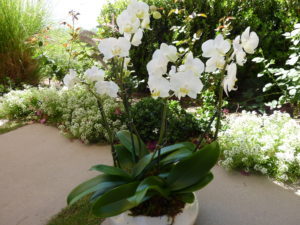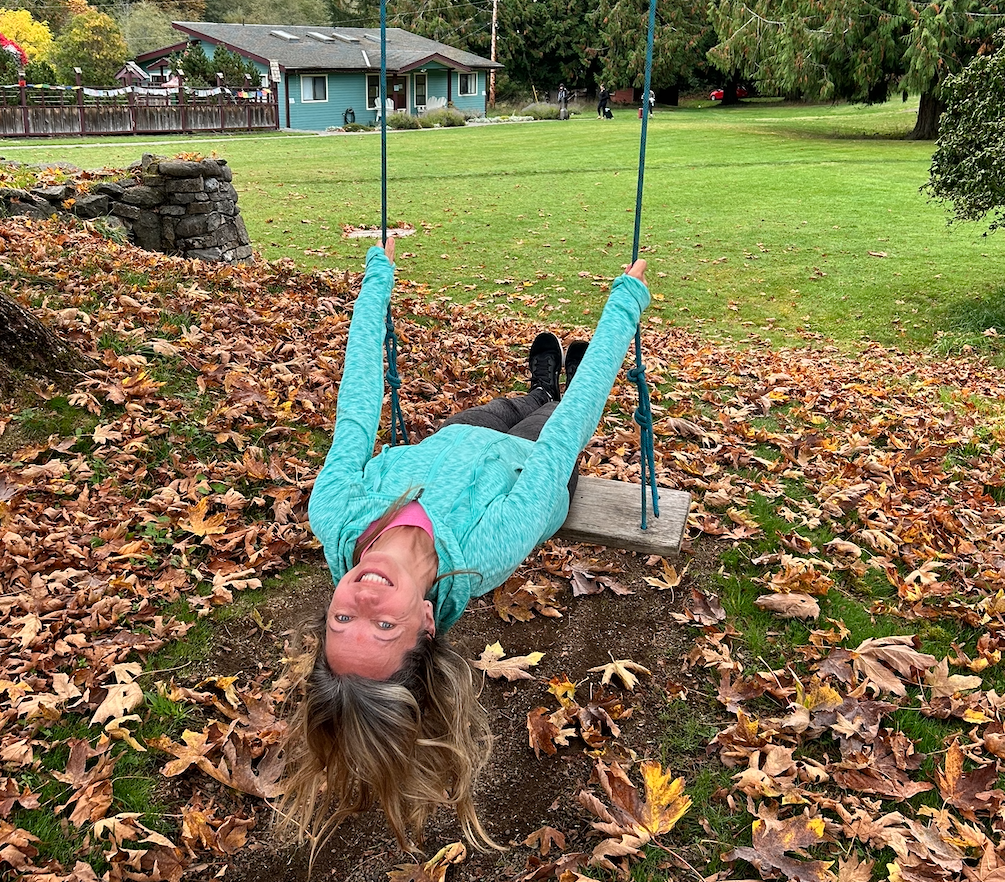
Dr. W. Thomas Boyce, Paediatrician and author, has recently written the excellent book, The Dandelion and The Orchid.
If you are not familiar with these terms:
The Dandelion Child
The dandelion is the symbol for some children who “show a remarkable capacity for thriving in almost every environmental circumstance they encounter.” (p.11)
The Orchid Child
“The orchid is the symbol for some children who are exquisitely sensitive to their environments, making them especially vulnerable under conditions of adversity but unusually vital, creative, and successful within supportive, nurturing environments.” (p.11)
Dr. Boyce explains that we are all on a Dandelion – Orchid continuum.
His book summarizes a lot of research which has been conducted (some by him) to gain a further understanding of children who are more orchid.
He describes how children who grow up in the same families often have different family upbringings, in the sense of how they are parented, as was the case for he and his sister. He was the dandelion child, and she was the orchid child. They experienced some adversity but he weathered through and became a successful paediatrician and researcher. Unfortunately, his sister suffered with a lot of mental health difficulties, culminating in a very difficult life. He is quick to point out that this is clearly not the path for all orchid children, but the differences between him and his sister have been the driving force for his research, as well as supporting his own orchid daughter.
The Impact of Stress on The Dandelion and Orchid Kids
Reading his book was insightful and validating. I had long suspected that sensitive kids have more sensitive immune systems and therefore get sick more easily. His research confirmed that stress, negatively impacts the immune systems of orchid children, more than dandelion children.
“Children’s immune systems were reactive to stressful events and that such reactivity had observable consequences for infectious illnesses, like runny noses, pneumonias, and ear infections.” (p.224)
In the “What to do” section at the end for parents, he recommended, based on research, that children be encouraged to have a means of expressing their distressing emotions. After an earthquake, he found that children who processed their emotions by drawing the distress that they witnessed, got sick less than the children who drew happy pictures of rainbows and sunshines. His advice is to encourage children to share their upset feelings through art, music, poetry, stories, talking etc.
“Although the expression of emotion, in writing, language or music, is likely therapeutic to us all, small orchids especially can find consolation and healing in the simple expression of difficult or painful feelings to another human being. Telling, in this sense, is protecting, and our orchid children, with their extravagant capacities for emotional receptivity and empathy, are those perhaps most likely to garner that protection from just saying or showing “what happened”.” (p. 226)
He dismisses the notion and negative moral judgment about children who appear less strong and resilient than their peers. He reiterates that their heightened “stress response” isn’t within their control. He explains how the differential susceptibility of orchid children isn’t a matter of character or will but a combination of inherited traits and environmental factors which makes certain children more sensitive than others.
Six Strategies for Parenting an Orchid Child
1. As orchid kids tend to be more sensitive to the new and unexpected, they thrive on sameness and routine.
“Routines provide a child with a sense of control and a backdrop of certainty and sameness in a world sometimes maddeningly disordered, unpredictable and inchoate.” (p. 160)
2. Providing a pervasive presence of parent’s attentiveness and love.
“It is this steadfast love from a caring adult that can transfigure the life and development of children, especially orchid children.” (p.161) . “When sufficient ordinary time has been passed between parent and child…It is during such ordinary time that these moments of extraordinary communication and intimacy can occur.” (p.162)
In his book, Dr. Boyce reminds us of the bumper sticker: THE BEST THING YOU CAN SPEND ON YOUR KID IS TIME!
3. Recognize and honour the goodness of human differences.
“Though orchids may sometimes appear weak or inconsequential within the buzzing, feverish activity of family life,” he writes, “they always have an array of gifts and potencies of great significance and advantage. Parents can uncover and reveal those gifts in their interactions with their children, in the ways they refer to and describe their children, and in the trust they place in each of their children’s individual competencies.” (p.166)
“It is in this parental “sensitivity to sensitivities” that allows the effective, responsive mom or dad to notice and answer the broad difference in needs that their children present. Only by seeing such differences and affirming their legitimacy can both orchids and dandelions flower and flourish.” (p. 166)
4. Parents of orchid children need to especially “offer acceptance and affirmation of the child’s true, tenderhearted, and creative self.” (p. 167) Although, it is obvious that all children need this, he emphasizes this need with the orchid child because they are particularly in-tune with their parents’ judgments and opinions.
“They are also often creative, imaginative children and have needs for finding ways to express and use their creativity. If such a child discerns that parental expectations demand unerring alignment with the parents’ own desires and ambitions, that child’s hopes, dreams and creativity may become stunted….It is the freedom to become thoroughly and openly oneself for which the orchid tacitly longs….An orchid child’s parents must therefore respond with a special forbearance of their child’s own sensitivity, and often in ways that can exceed the needs of their other children.” (p. 167)
Opportunity needs to be created for emotional expression such as through nightly dinner table conversation, and/or creative arts such as music, painting, dance or theatre.
5. Parents of orchid children need to provide a balance between protection and exposure. Orchid kids are more prone to be more triggered by sensory and new experiences, and these reactions to need to be monitored, but they also need to be pushed and nudged so they feel capable and able to handle unknowns. (Read my previous article: How Much to Push Your Anxious Child)
6. The Potency of Play: Play is the “way of bringing the realities of life down to size, a means of emptying the poison from fraught conflicts and indignities….Play is an enchanting, if momentary, holiday from the serious and real business of life, of which children, especially orchid children, are keenly aware.” (p. 170)
Enjoy thinking of ways to fertilize your orchid and dandelion children,
Warmly,

Want to Connect?
Subscribe now to receive free weekly parenting tips and inspiration.






